Featured Alum! Connor Green

2018 Alum

Where are you currently working? (location & company)
R/GA Los Angeles
What are you currently working on?
The latest project I worked on was for Verizon’s Super Bowl collaboration with the NFL and battle royale video game Fortnite. With work environments becoming remote over the last year due to COVID-19, Verizon teamed up with Fortnite builder influencers to show off the powers of Verizon 5G. These Fortnite builders worked together online via video chat to build an in-game replica of Raymond James Stadium, the location for this year’s Super Bowl in Tampa Bay, FL. During the week leading up to the Super Bowl, Verizon livestreamed gaming influencers and various NFL superstars who battling it out in Fortnite, taking part in the various different game modes within the stadium. The public could even get involved by joining the same games as the NFL players, searching for easter eggs around the stadium to win a handful of prizes, including meet and greets with these same NFL players.
What’s your favorite recent project?
The current Verizon Super Bowl project is definitely my favorite as well. Below I added a few links to tweets showing off the work.
https://twitter.com/Verizon/status/1356301433335918595?s=20
https://twitter.com/FNBRInGame/status/1356330313488756739?s=20
https://twitter.com/saquon/status/1356678836696547328?s=20
https://twitter.com/TeamJuJu/status/1357358314800242688?s=20
How has your job changed with COVID?
Since going fully remote back in March, collaboration amongst your team has definitely been different. I’m sure like many others, Zoom calls is how all work is crafted and reviewed, whether its internally or with client. But allowing yourself to be nimble and open to new ways of working in this even faster changing work environment, is super important.
Any advice for current KUCD students?
Two pieces of advice to current KUCD students about to enter the field:
1) If your goal is to work at a big-name agency or big-name design studio, don’t be bummed to take an internship (paid of course. no free work) there after graduation to get your foot in the door, if you can’t get a full-time gig. I took an internship at R/GA and was lucky enough to get hired at the end of the summer. And even the friends I interned with who weren’t able to get hired at R/GA that summer, made incredible connections that lead them to other awesome opportunities at other agencies.
2) If possible, be open to the idea of moving for a job. I had never been to Los Angeles before accepting my internship at R/GA but knew this job opportunity had huge potential. It was a giant proponent in my career growth as well as my personal growth. It helped me put my career on a different trajectory and I’m forever grateful I was able to make it happen. That being said, when it comes to location, cast a wide net when looking for jobs. You won’t regret it.



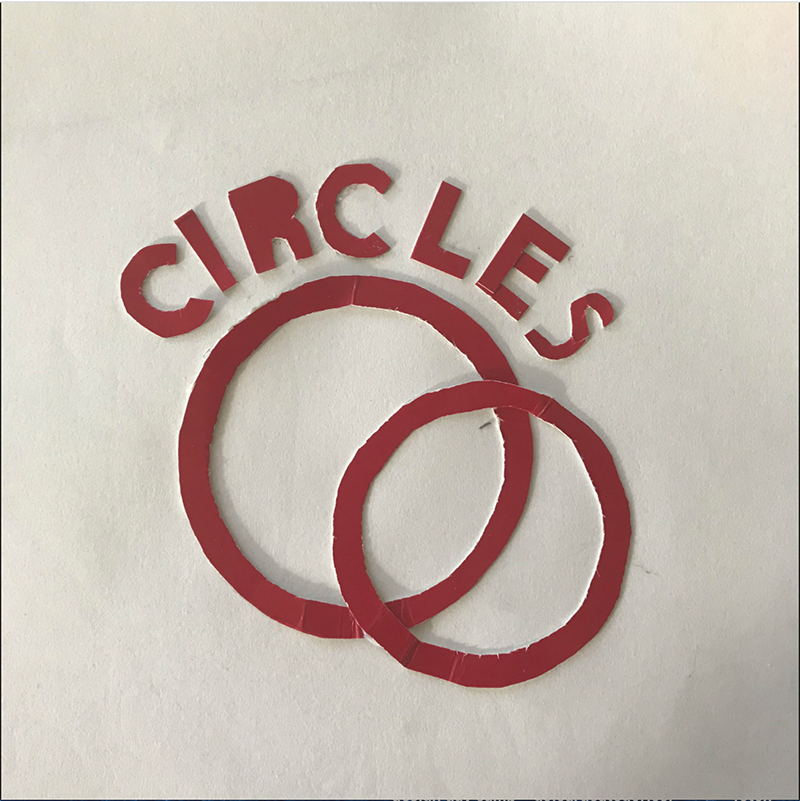
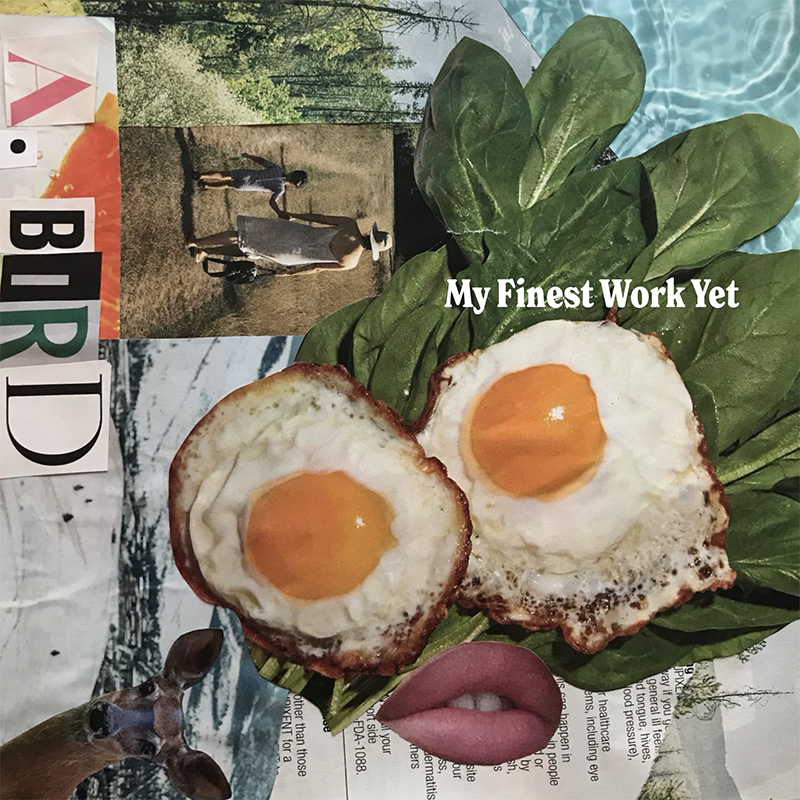



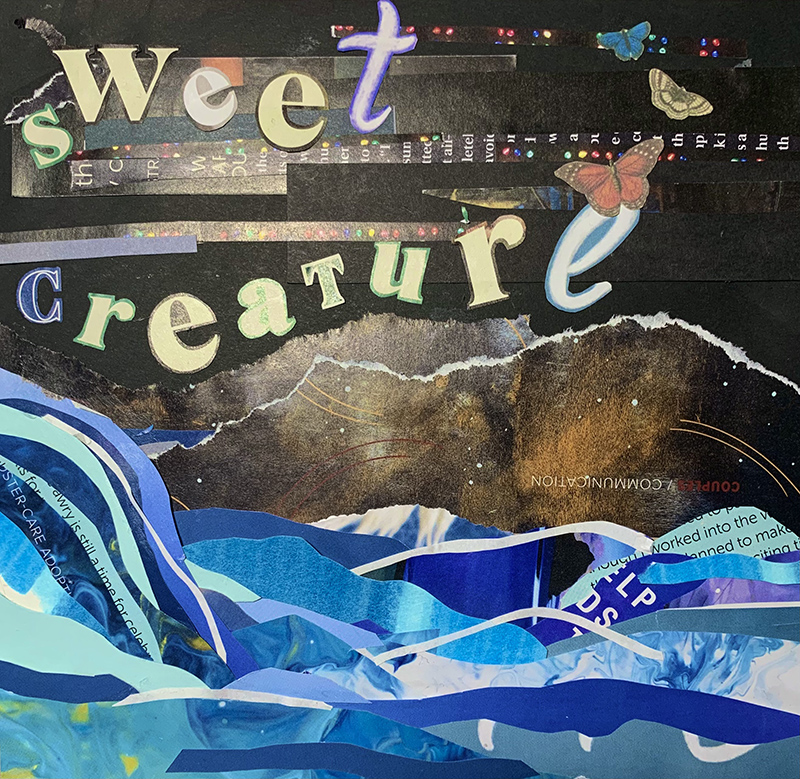
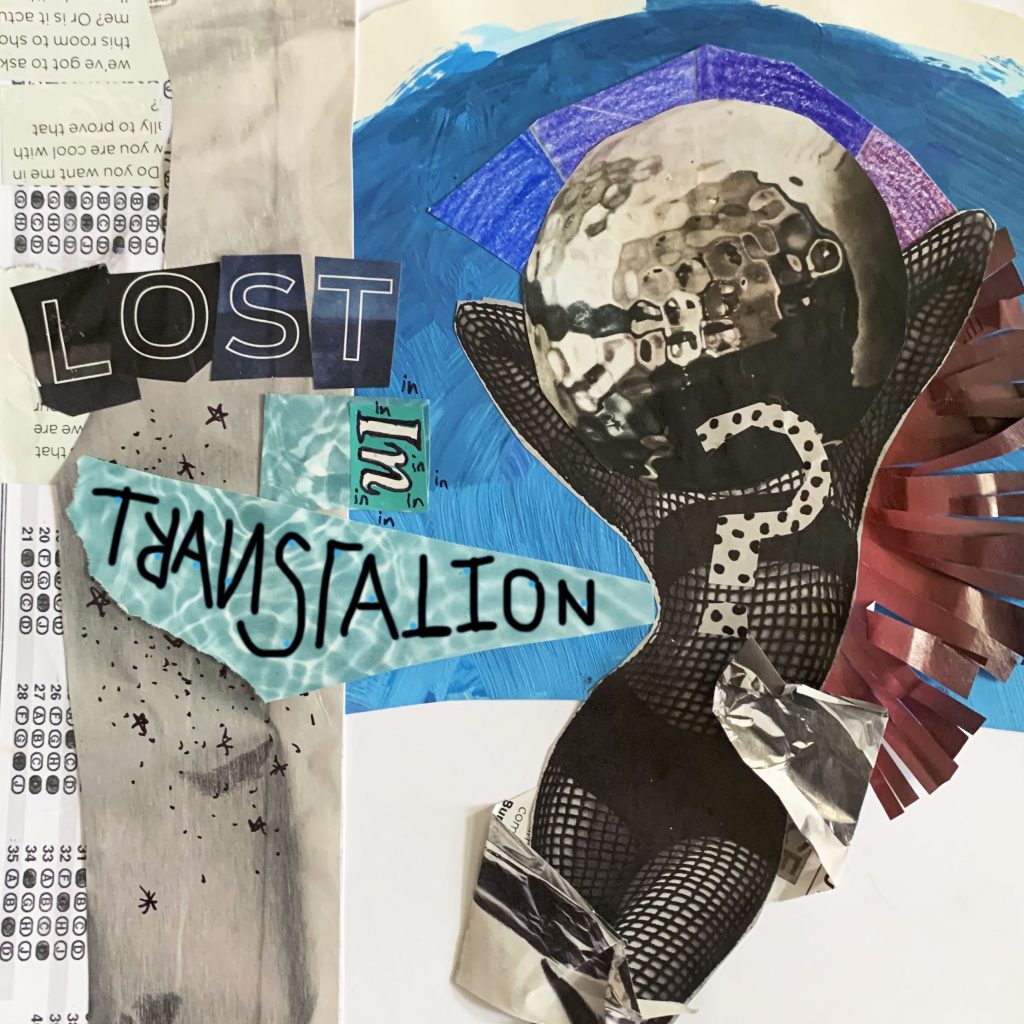

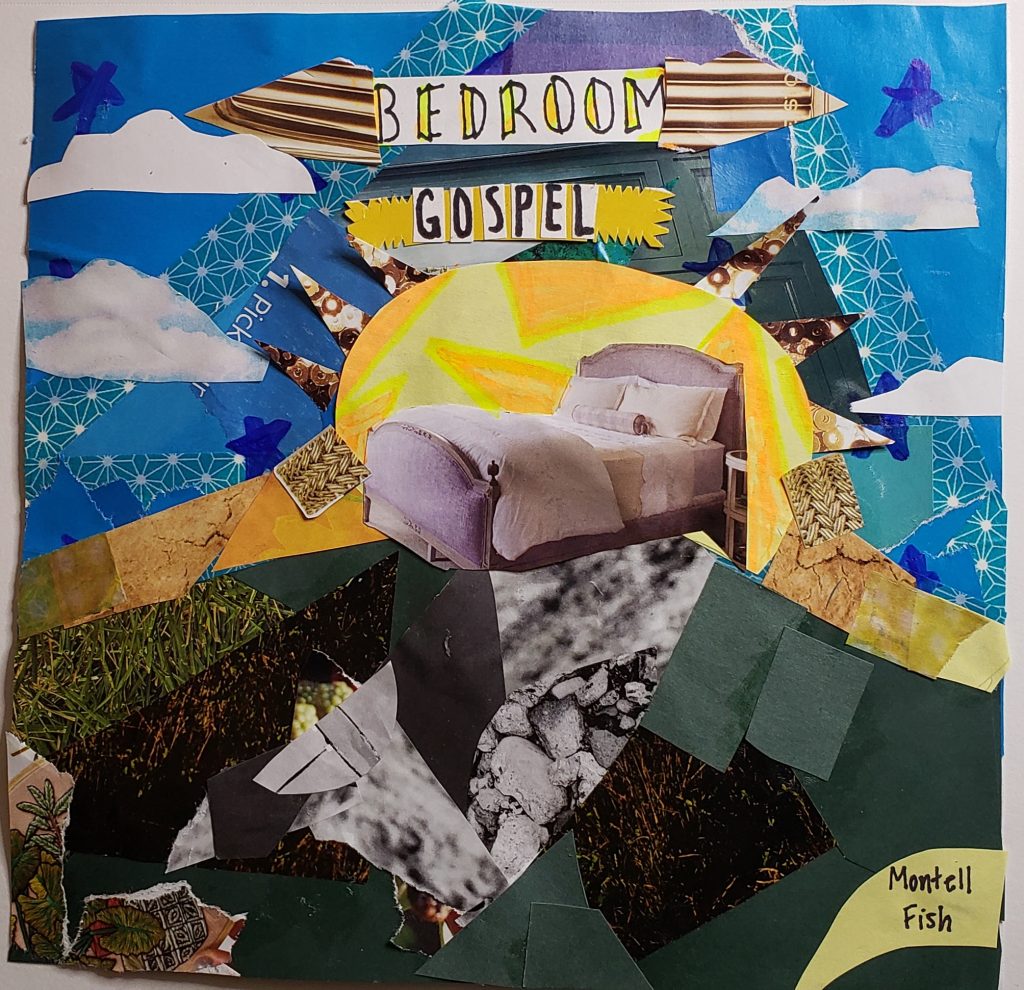
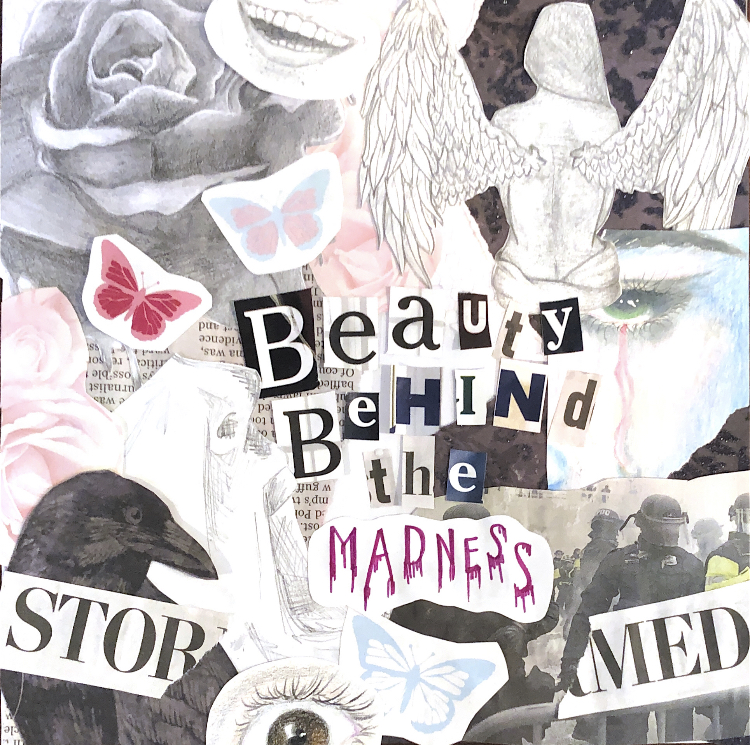

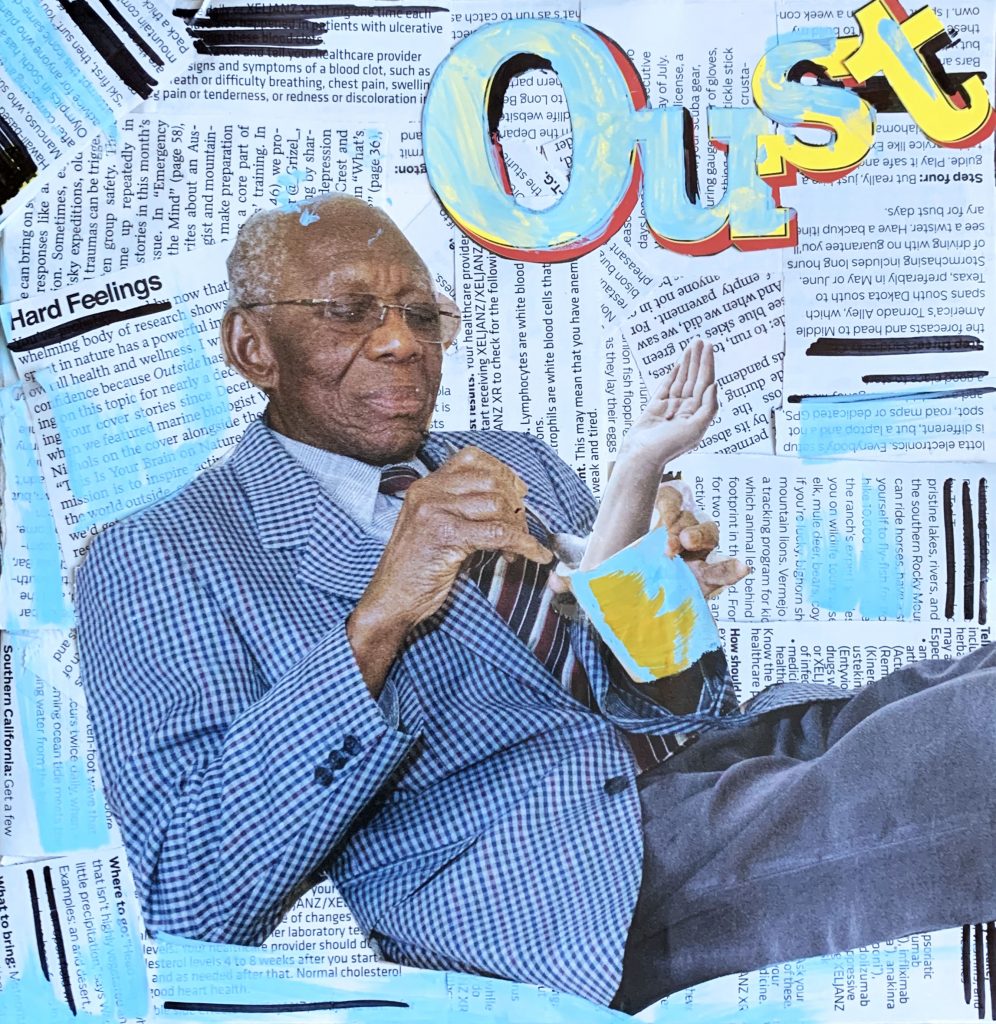



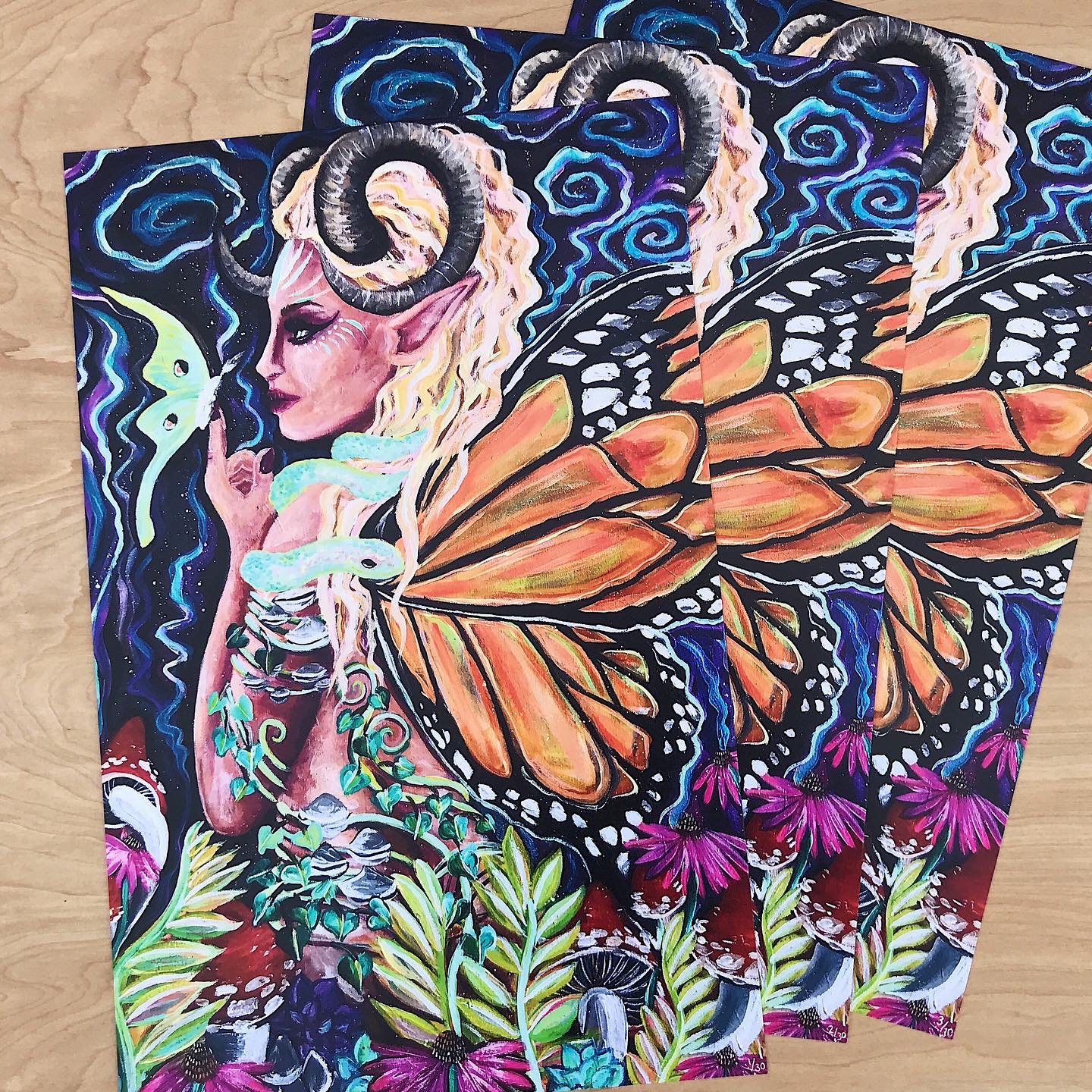

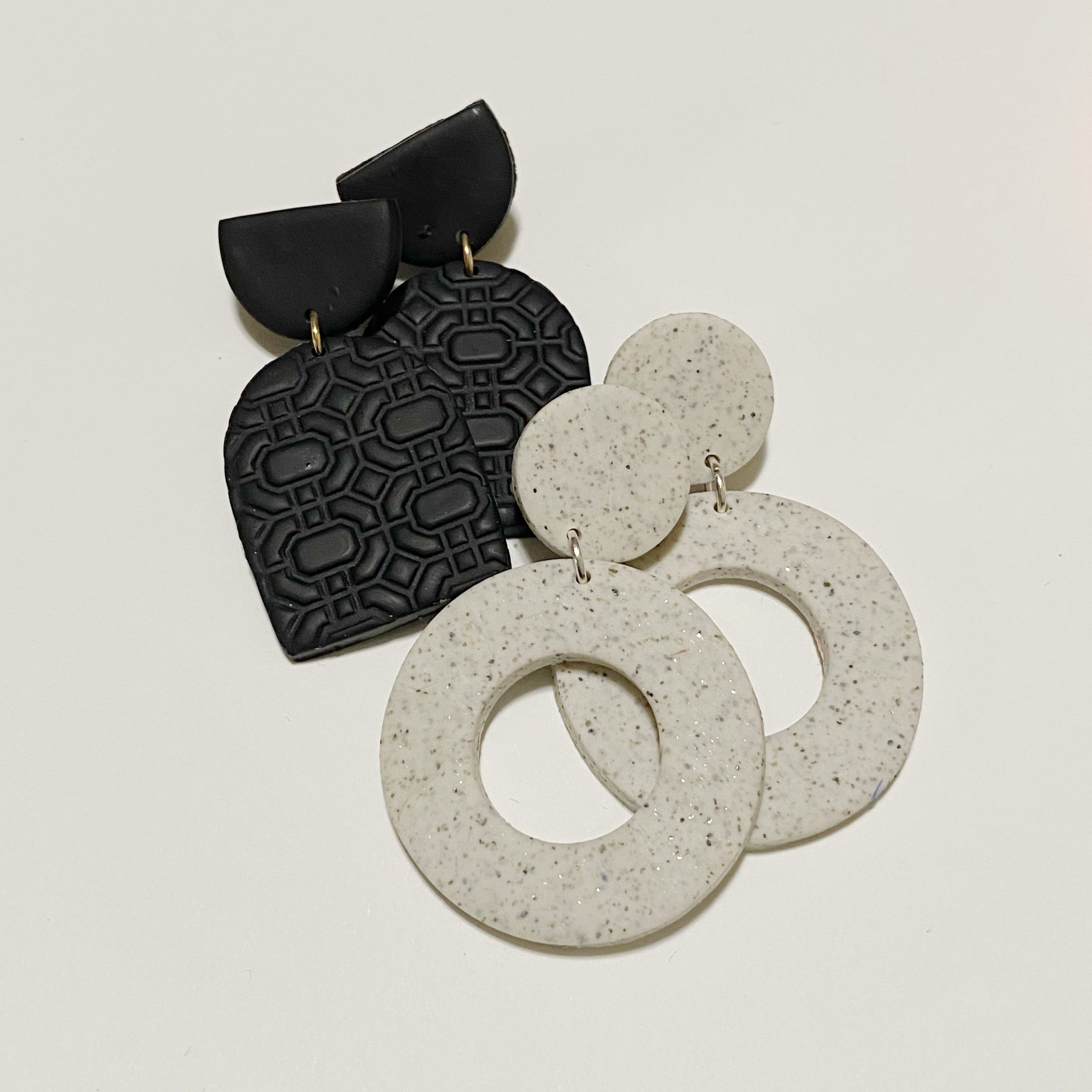


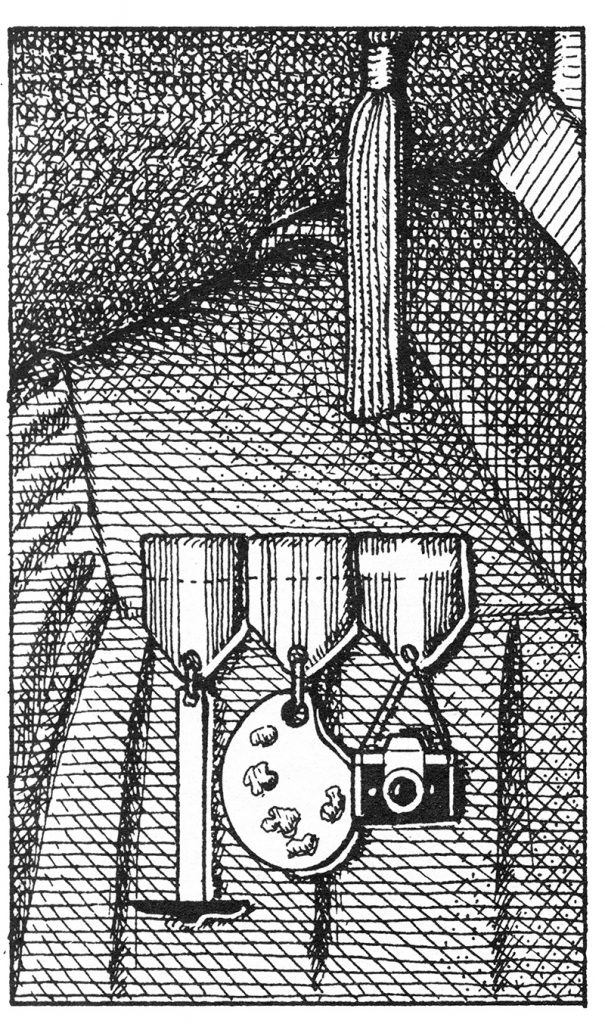
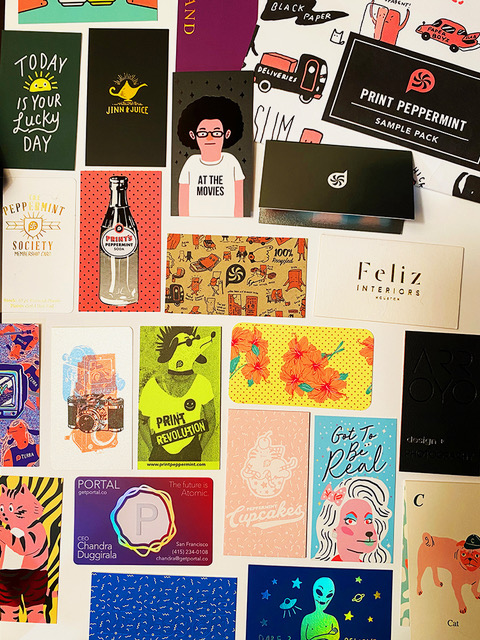

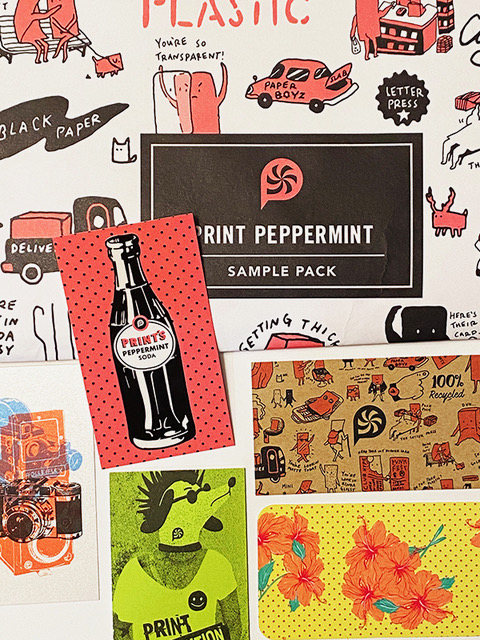
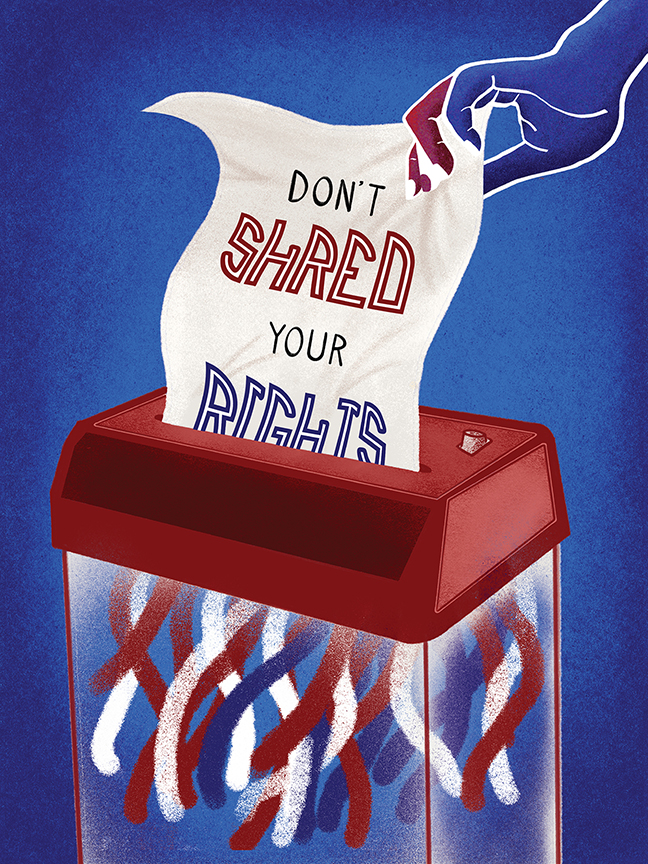
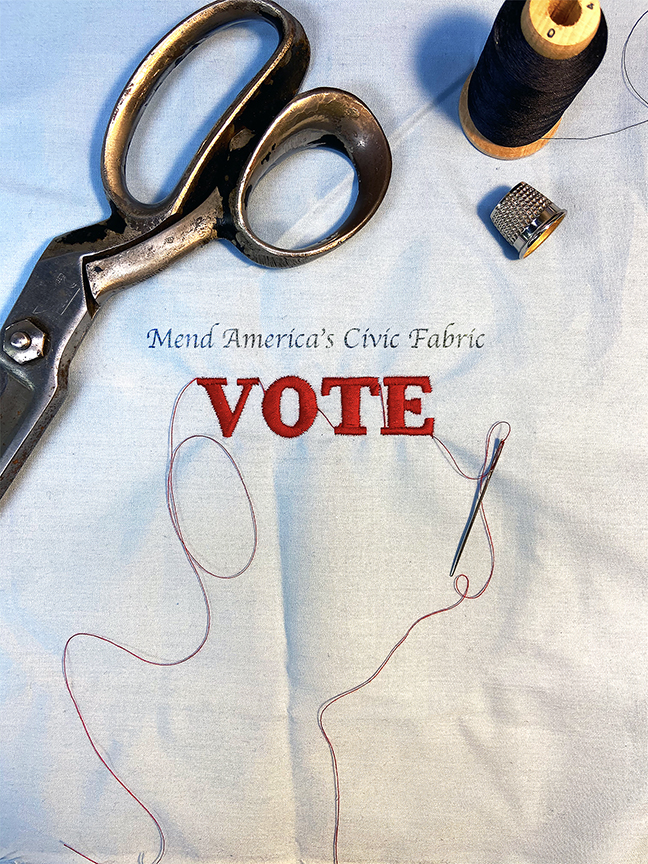

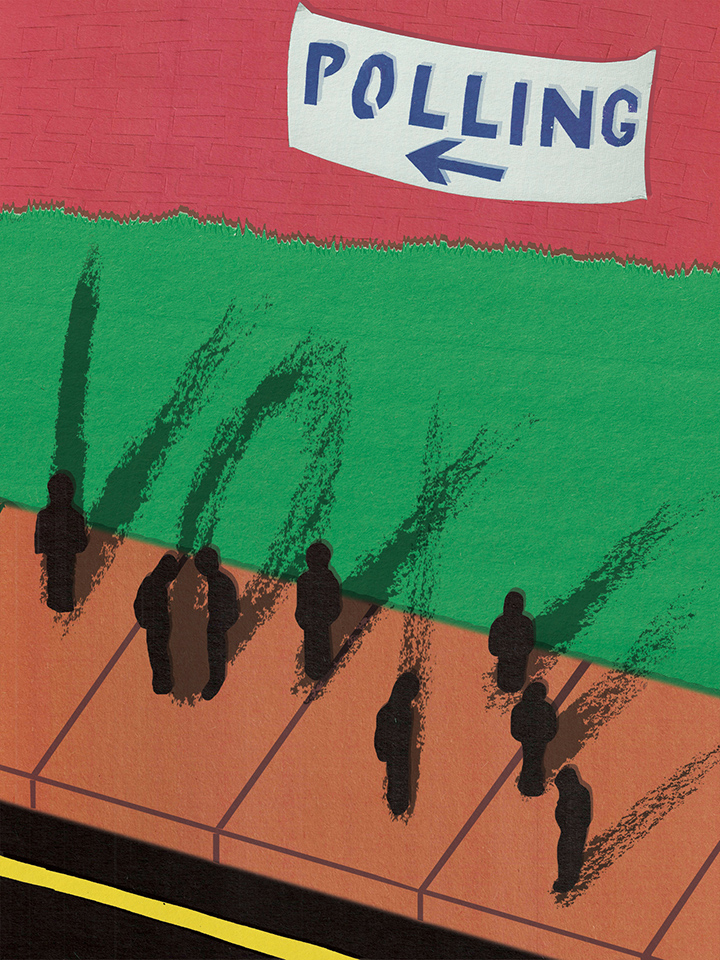

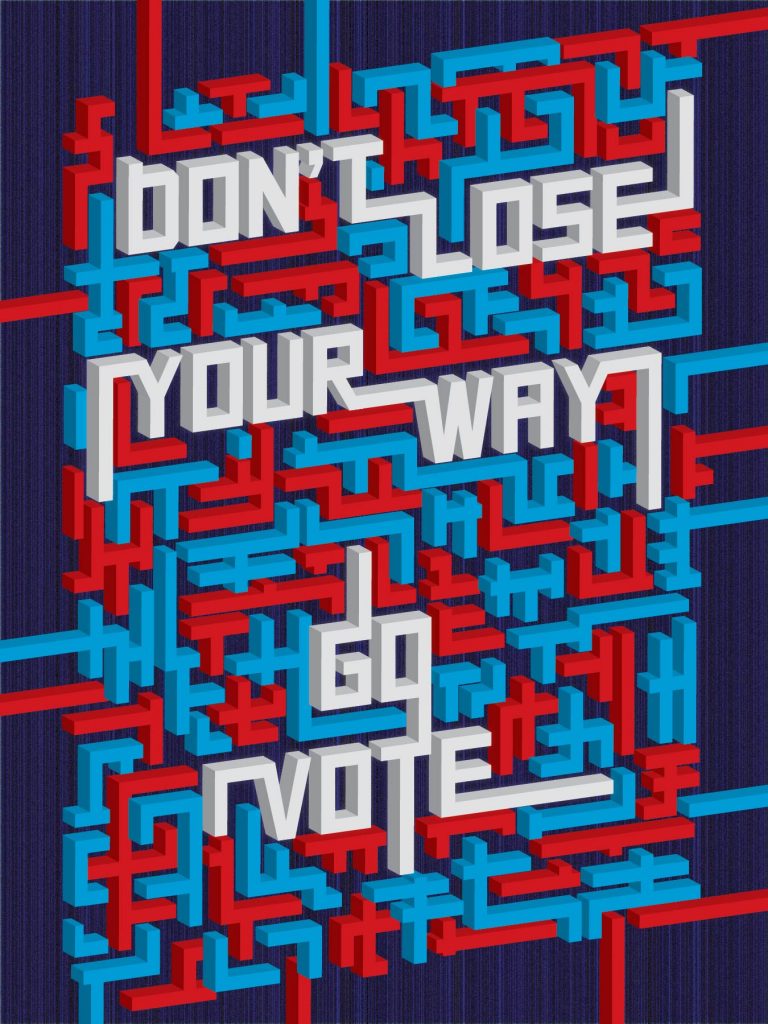
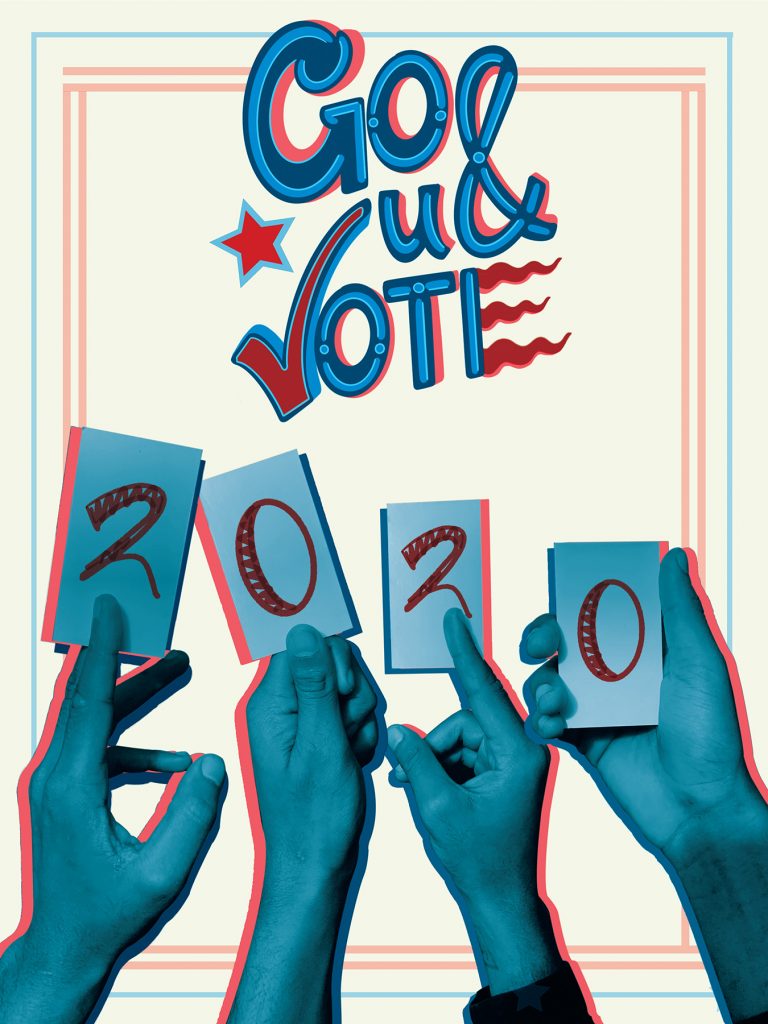

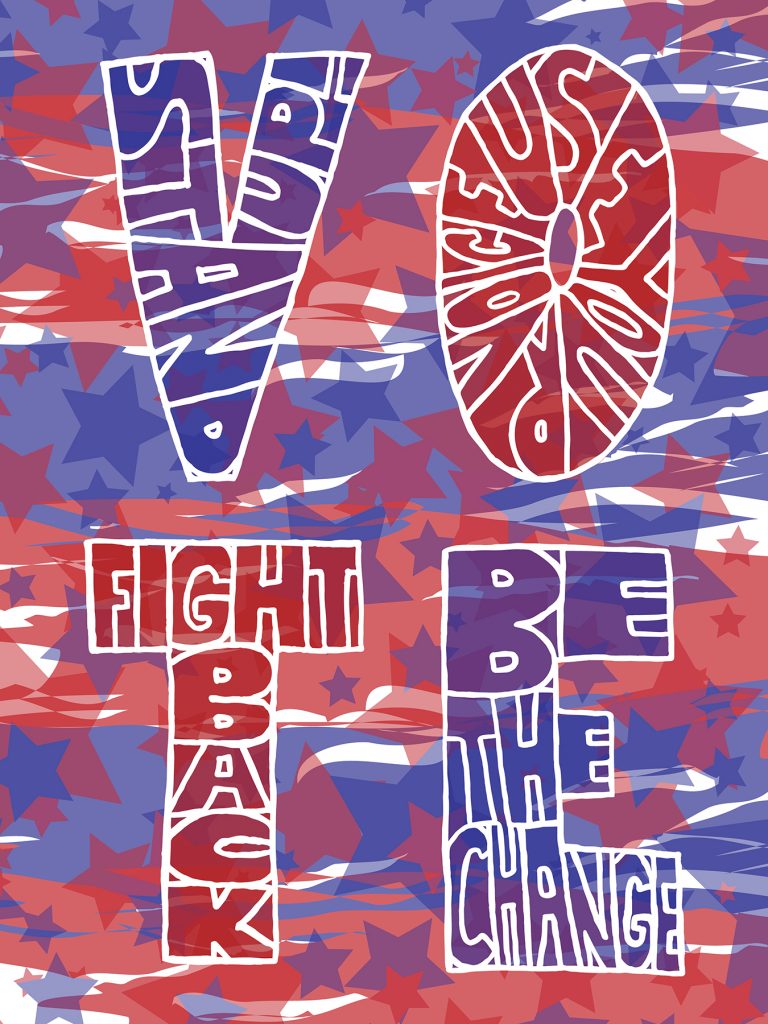
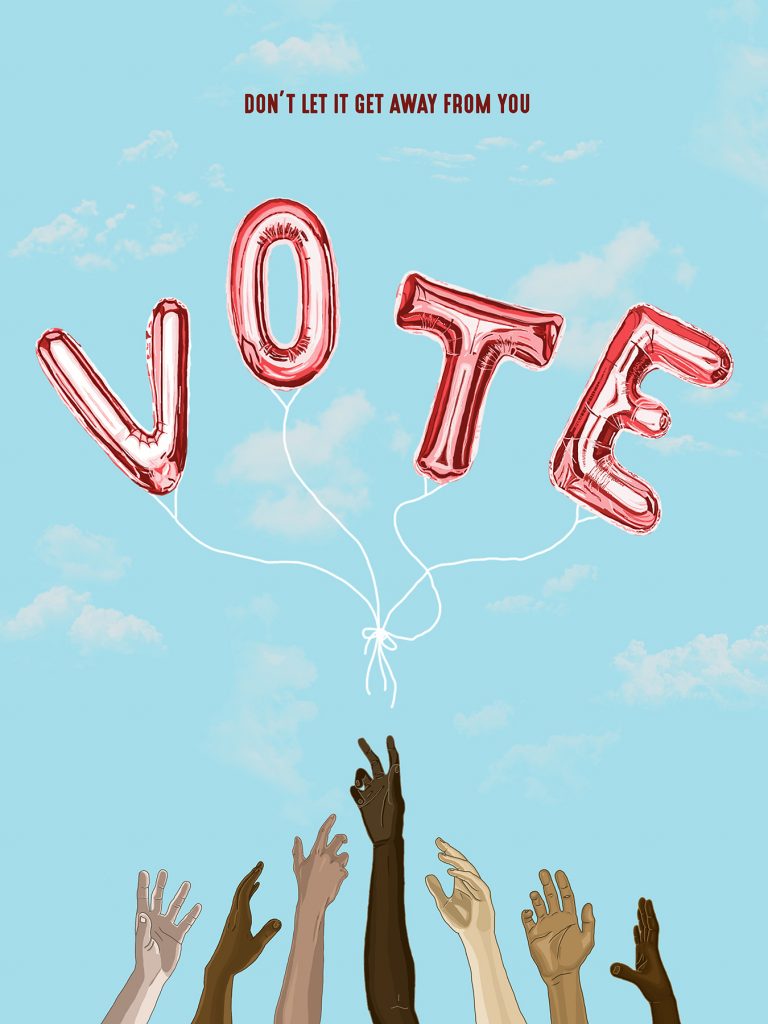

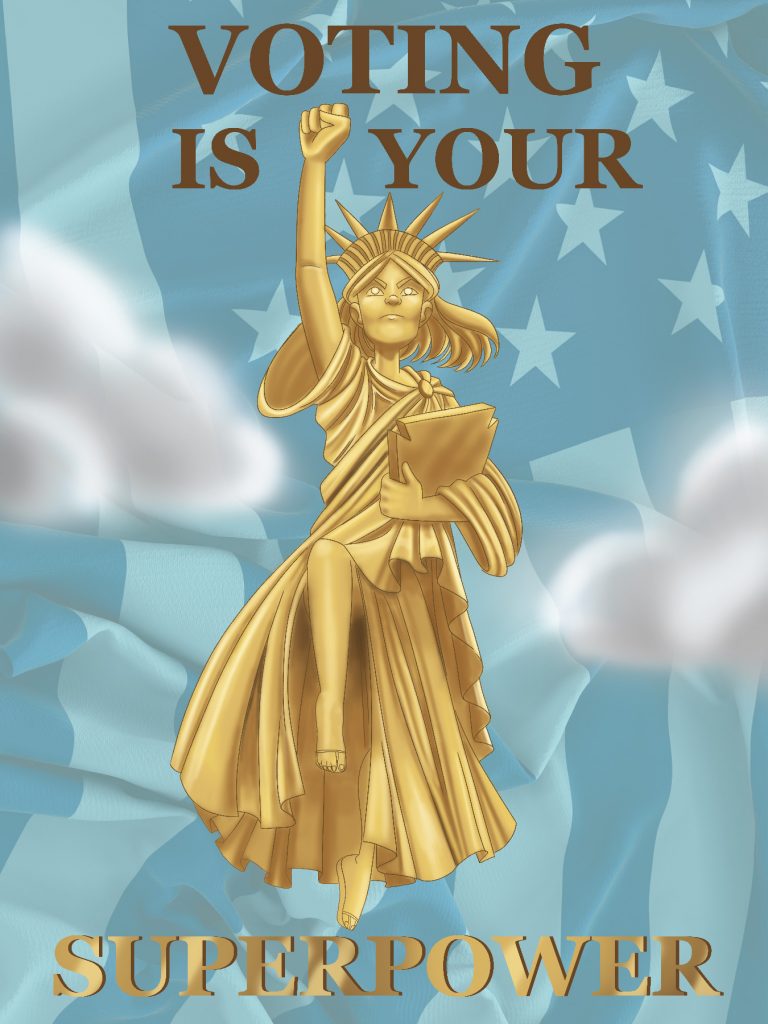

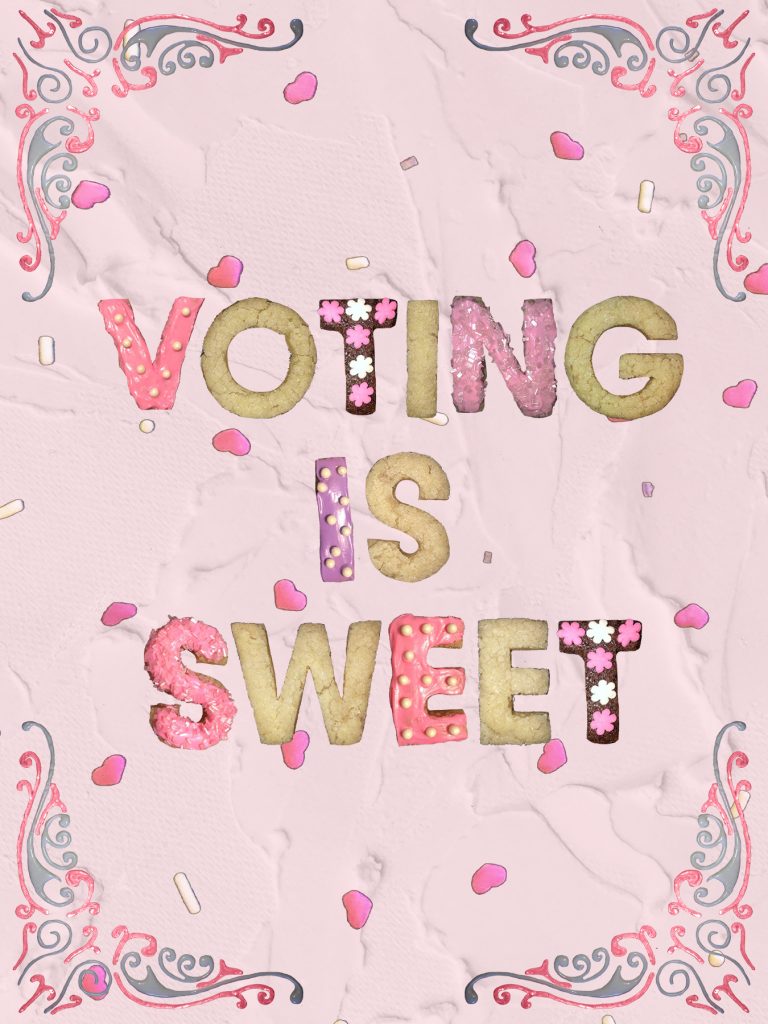

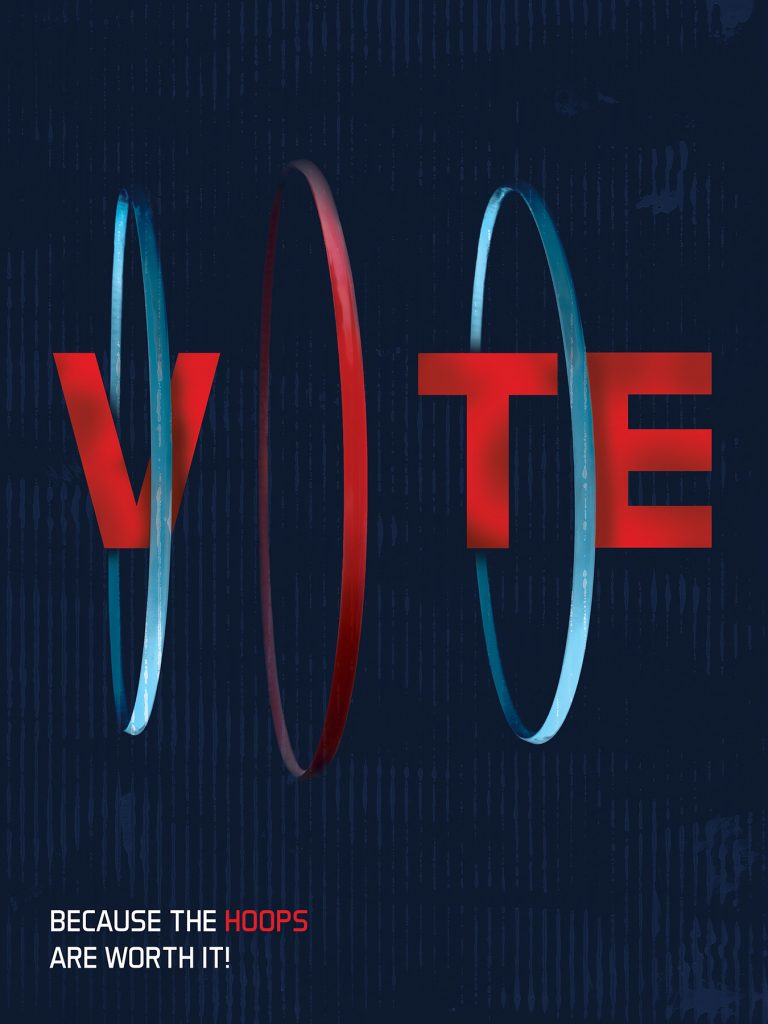
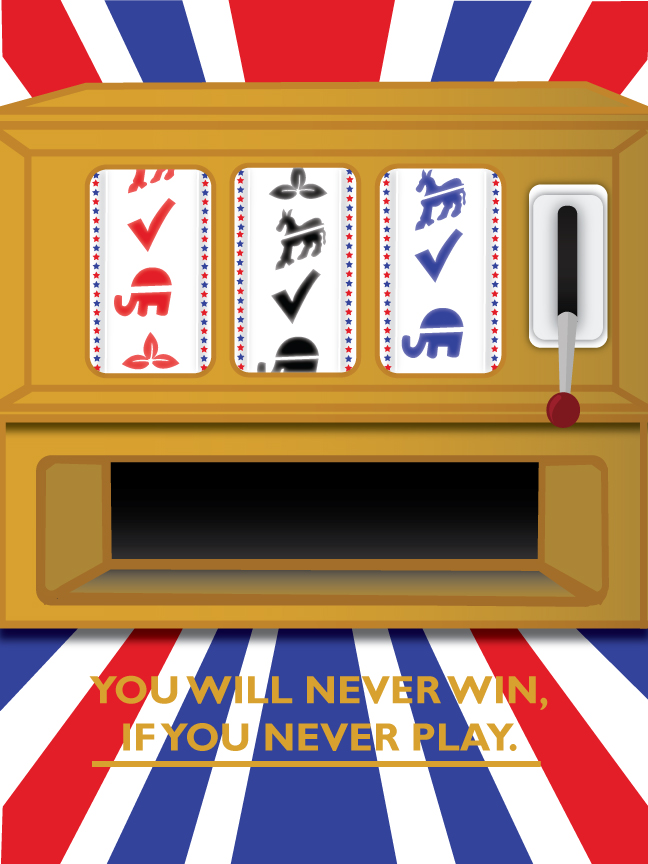


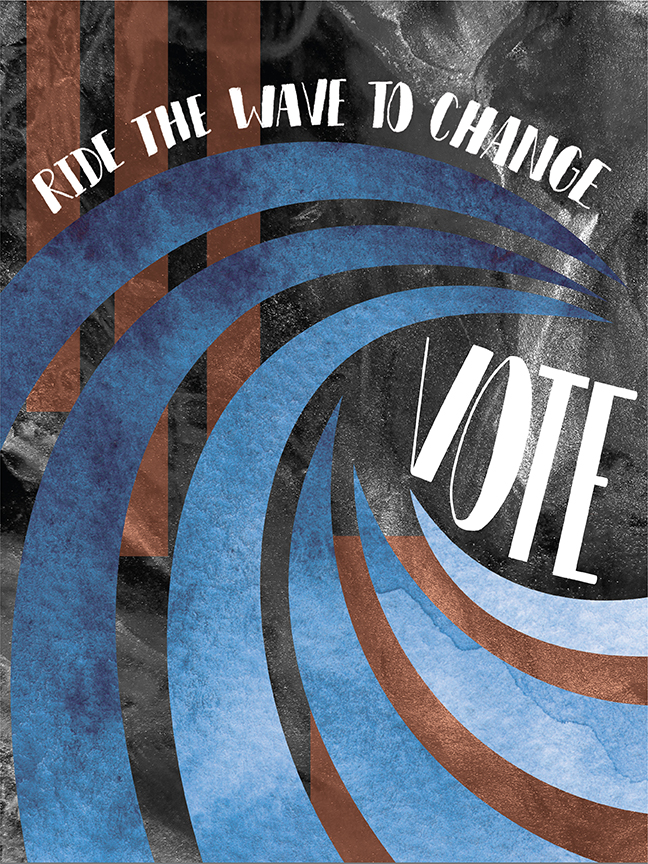
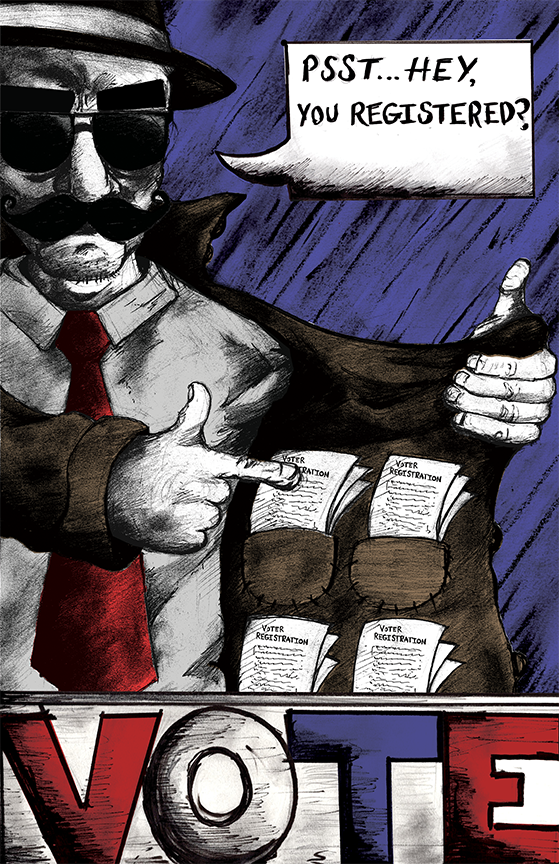
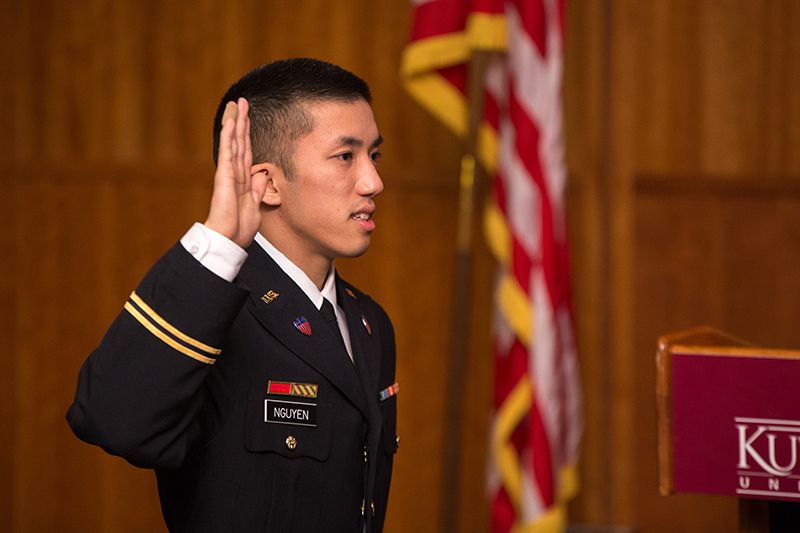



You must be logged in to post a comment.